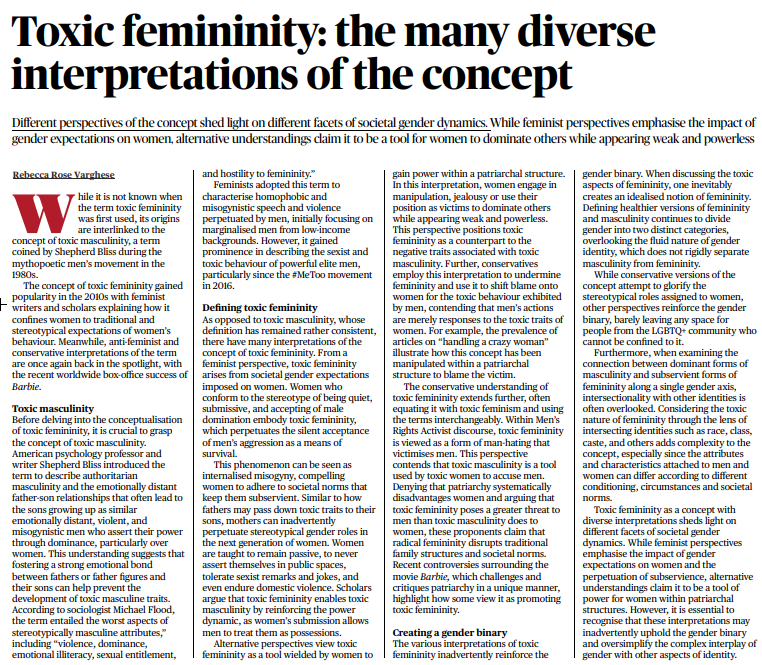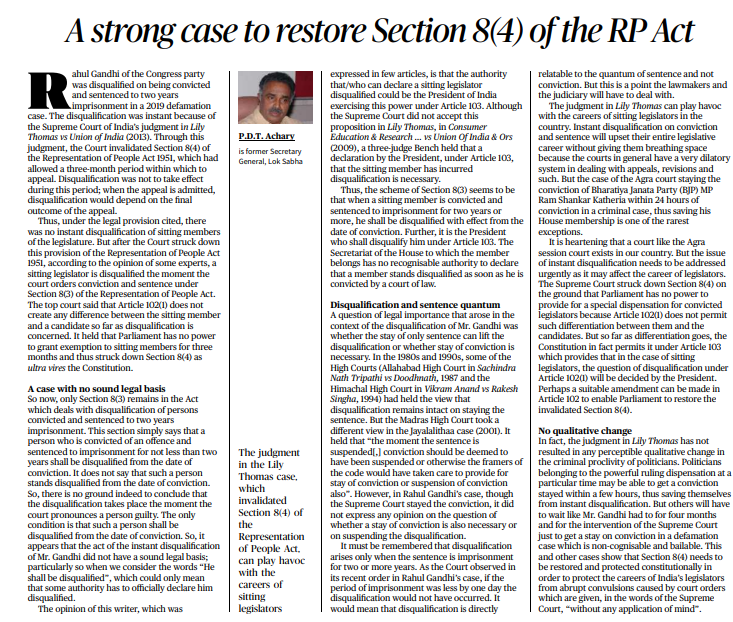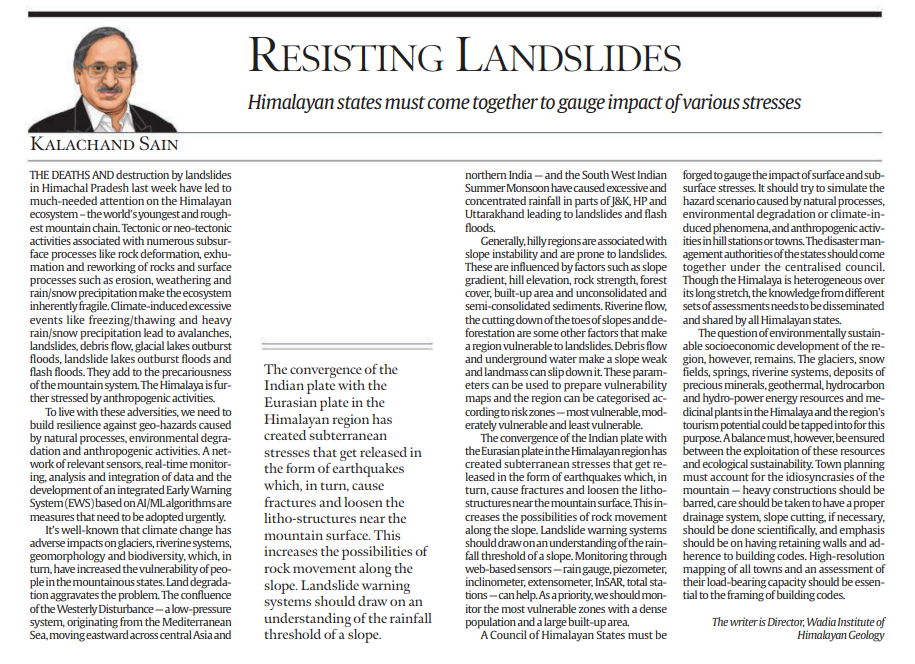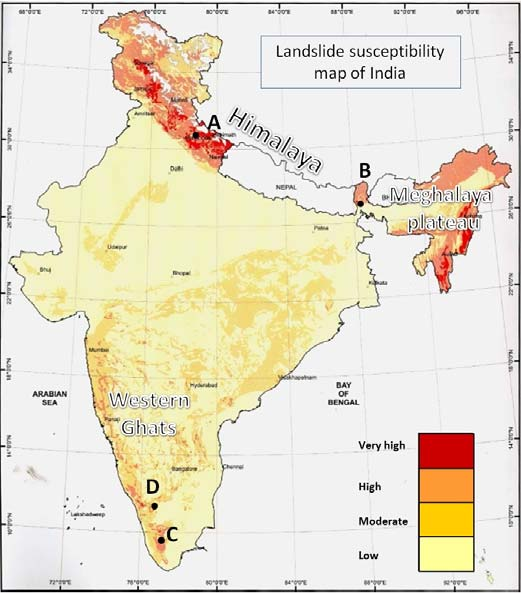GS 2: Society
Optional: Sociology
Introduction: Understanding Toxic Femininity’s Origins
- The term “toxic femininity” is not precisely dated, but its roots are intertwined with the concept of “toxic masculinity,” which was coined by Shepherd Bliss during the mythopoetic men’s movement in the 1980s.
- In recent times, toxic femininity gained traction in feminist discourse, highlighting its impact on women adhering to traditional gender roles.
- However, conservative interpretations have resurfaced, driven in part by media like the movie “Barbie.”
Toxic Masculinity: A Foundation to Build Upon
- To comprehend toxic femininity, a foundation in toxic masculinity is crucial.
- Shepherd Bliss introduced toxic masculinity as authoritarian behavior and distant father-son relationships that lead to emotionally distant, violent, and misogynistic men.
- These men assert dominance, often over women. This understanding emphasizes the importance of fostering emotional bonds between fathers and sons to counter these traits.
Defining Toxic Femininity: Varied Interpretations
- Toxic femininity’s definition is more fluid than toxic masculinity’s.
- From a feminist perspective, it results from societal gender expectations that confine women to submissive roles, normalizing men’s aggression.
- This internalized misogyny enforces compliance with norms that perpetuate subservience.
- Conversely, some view toxic femininity as a tactic women use to wield power within patriarchal systems.
Conservative Narratives and Equating Toxic Femininity with Toxic Feminism
- Conservative interpretations equate toxic femininity with toxic feminism, depicting women as manipulative and victimizing men.
- This view aims to shift blame onto women for men’s toxic behavior, denying systematic gender inequalities.
- Such interpretations highlight an attempt to maintain traditional family structures and societal norms.
Creating a Gender Binary: Unintended Consequences
- Discussing toxic femininity inadvertently reinforces the gender binary by idealizing femininity and contrasting it with masculinity.
- This dichotomy disregards the fluidity of gender identity, excluding LGBTQ+ individuals.
- Moreover, intersectionality with other aspects like race and class is often overlooked, complicating the concept’s understanding.
Complexity Beyond Interpretations: Impact on Gender Dynamics
- Toxic femininity’s diverse interpretations expose various aspects of gender dynamics.
- Feminist views underscore its impact on women’s subservience due to societal expectations.
- Alternately, others view it as a tool wielded by women for power.
- Yet, these interpretations risk oversimplifying and reinforcing the gender binary, disregarding complex intersections of identity.
Conclusion
- The concept of toxic femininity emerges from historical roots in toxic masculinity and has been variously interpreted within feminist, conservative, and alternative perspectives.
- While shedding light on gender dynamics, these interpretations can inadvertently oversimplify gender roles and neglect intersectionality.
A more nuanced understanding must consider the multifaceted nature of gender and its interaction with other identity aspects.
GS 2: Salient Features of Representation of People Act
Introduction: Disqualification of Rahul Gandhi
- Rahul Gandhi, a member of the Indian National Congress party, was disqualified from his legislative position due to his conviction and subsequent sentencing to two years of imprisonment in a 2019 defamation case.
- The disqualification was immediate, in accordance with the Supreme Court of India’s ruling in Lily Thomas vs Union of India (2013).
- This judgment invalidated Section 8(4) of the Representation of People Act 1951, which previously allowed a three-month grace period for appealing against a conviction before disqualification took effect.
Immediate Disqualification: Supreme Court’s Decision in Lily Thomas
- The Supreme Court’s decision in Lily Thomas vs Union of India (2013) played a crucial role in Rahul Gandhi’s disqualification.
- This judgment struck down Section 8(4) of the Representation of People Act, thereby eliminating the grace period for appealing against a conviction.
- The Court’s rationale was that Article 102(1) of the Constitution does not differentiate between sitting members and candidates regarding disqualification.
- Consequently, Parliament was deemed unable to grant a three-month exemption for sitting members.
- The Court’s decision was grounded in constitutional principles, and it declared Section 8(4) as ultra vires the Constitution.
Impact on Disqualification: Shift in Legal Landscape
- With Section 8(4) invalidated, the remaining provision relevant to disqualification is Section 8(3) of the Representation of People Act.
- This section states that a person convicted and sentenced to imprisonment for at least two years is disqualified from the date of conviction.
- However, the provision does not explicitly state that disqualification occurs at the moment of conviction pronouncement.
- The absence of a clear legal basis suggests that an official declaration of disqualification is necessary.
Authority to Declare Disqualification: Role of the President
- There exists a debate over the authority responsible for declaring a sitting legislator disqualified.
- The argument is that the President of India, exercising power under Article 103, can make this declaration.
- While this proposition wasn’t accepted in Lily Thomas, Consumer Education & Research vs Union Of India & Ors (2009) supported the view that a declaration by the President is required for disqualification.
- This supports the notion that the Secretariat of the House lacks the authority to instantly declare a member disqualified upon conviction.
Disqualification and Sentence Suspension
- A question arises regarding whether disqualification is lifted upon suspending only the sentence or if suspension of the conviction itself is necessary.
- Different High Courts have held varying opinions on this matter.
- However, in Rahul Gandhi’s case, the Supreme Court stayed his conviction without addressing the issue of whether suspension of conviction affects disqualification.
- The interplay between suspension, conviction, and disqualification raises legal complexity that lawmakers and the judiciary must address.
Quantum of Sentence and Disqualification
- Disqualification hinges on the quantum of the sentence, requiring imprisonment of two years or more.
- The recent order in Rahul Gandhi’s case emphasized that a one-day difference in the imprisonment period would have averted disqualification.
- This underscores that disqualification is directly linked to the sentence’s duration, rather than the conviction itself.
- The legislature and the judiciary will need to navigate this aspect further.
Instant Disqualification’s Impact on Legislators’ Careers
- The judgment in Lily Thomas can have significant consequences for the careers of sitting legislators.
- Immediate disqualification upon conviction and sentencing could disrupt legislators’ careers before appeal processes are resolved, given the typically sluggish pace of legal proceedings.
- While exceptions exist, such as the Agra court’s swift intervention in a BJP MP’s case, addressing the issue of instant disqualification is essential to safeguard legislators’ careers.
Restoring Section 8(4) and Constitutional Considerations
- The judgment in Lily Thomas led to the annulment of Section 8(4), resulting in immediate disqualification.
- While the Supreme Court held that Article 102(1) does not allow differentiation between sitting members and candidates, Article 103 could enable such differentiation for sitting legislators, with the President deciding disqualification.
- This prompts consideration of amending Article 102 to reinstate Section 8(4) in a constitutionally sound manner.
Conclusion: Navigating Disqualification and Legal Complexity
- The disqualification of Rahul Gandhi underscores the complexities surrounding disqualification procedures for Indian legislators.
- The interaction between legal provisions, constitutional principles, and the need to strike a balance between justice and the functioning of legislative bodies presents a challenge.
- The impact of instant disqualification on legislators’ careers, coupled with the need for clarity on sentence suspension and disqualification, necessitates timely legal reforms to address these issues and ensure a fair and functional political landscape.
Question: Discuss the implications of the Supreme Court’s judgment in Lily Thomas vs Union of India (2013) on the disqualification of sitting legislators under the Representation of People Act 1951
GS 3: Disaster Management
Introduction:
- The recent landslides in Himachal Pradesh have drawn attention to the fragility of the Himalayan ecosystem, the world’s youngest and most rugged mountain chain.
- This analytical summary delves into the factors contributing to this vulnerability, the role of natural and anthropogenic activities, and the proposed strategies to build resilience against geo-hazards.
Inherent Fragility of the Ecosystem:
- The Himalayan ecosystem is susceptible to tectonic and neo-tectonic activities, which include processes like rock deformation, erosion, and weathering.
- These processes, combined with climate-induced events such as freezing/thawing and heavy precipitation, result in various hazards like avalanches, landslides, debris flows, and floods.
The fragility of the ecosystem is amplified by anthropogenic activities.
Climate Change and Vulnerability:
- Climate change adversely affects glaciers, river systems, geomorphology, and biodiversity, heightening vulnerability in mountainous regions.
- Land degradation exacerbates these issues. The convergence of the Westerly Disturbance and the South West Indian Summer Monsoon has led to concentrated rainfall, causing landslides and flash floods in states like J&K, HP, and Uttarakhand.
Factors Influencing Landslides:
- Hilly regions are predisposed to slope instability due to factors like slope gradient, elevation, rock strength, forest cover, and human development.
- Riverine flow, slope modification, and deforestation contribute to vulnerability.
- The presence of debris flow and underground water further weakens slopes, increasing the likelihood of landslides.
- Vulnerability maps can categorize regions into different risk zones based on these parameters.
Tectonic Stresses and Geological Impact:
- The collision of the Indian and Eurasian plates generates underground stresses leading to earthquakes.
- These earthquakes cause fractures, loosening litho-structures near the mountain surface, and increasing the potential for rock movement along slopes.
- Understanding rainfall thresholds for slopes is crucial for effective landslide warning systems.
Monitoring and Early Warning Systems:
- Monitoring using web-based sensors like rain gauges, piezometers, inclinometers, extensometers, InSAR, and total stations is essential.
- The development of an integrated Early Warning System (EWS) using AI/ML algorithms is crucial.
- High-risk zones with dense populations and significant infrastructure should be prioritized for monitoring.
Collaborative Approach for Resilience:
- A Council of Himalayan States should be established to assess the impact of natural processes, climate change, and anthropogenic activities.
- This council can simulate hazard scenarios and bring together disaster management authorities from different states.
- Sharing knowledge and assessments among all Himalayan states is vital despite the region’s heterogeneity.
Conclusion:
The landslides in Himachal Pradesh emphasize the vulnerability of the Himalayan ecosystem to natural and human-induced stresses.
Building resilience through an integrated approach involving real-time monitoring, advanced sensor networks, AI-based early warning systems, and collaborative efforts among Himalayan states is imperative to mitigate the impacts of future geo-hazards.
Question 1: Discuss the inherent fragility of the Himalayan ecosystem and its susceptibility to various geo-hazards. How do tectonic activities, climate-induced events, and anthropogenic factors contribute to the vulnerability of this mountain chain? (15 marks)
Question 2: Explain the key factors influencing landslide occurrences in hilly regions, including slope instability, forest cover, elevation, and human interventions. How can vulnerability mapping and risk categorization aid in the mitigation of landslides? (10 marks)
Source: The Indian Express





